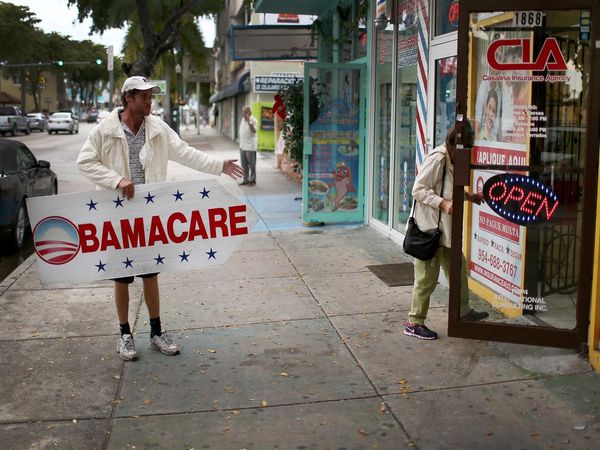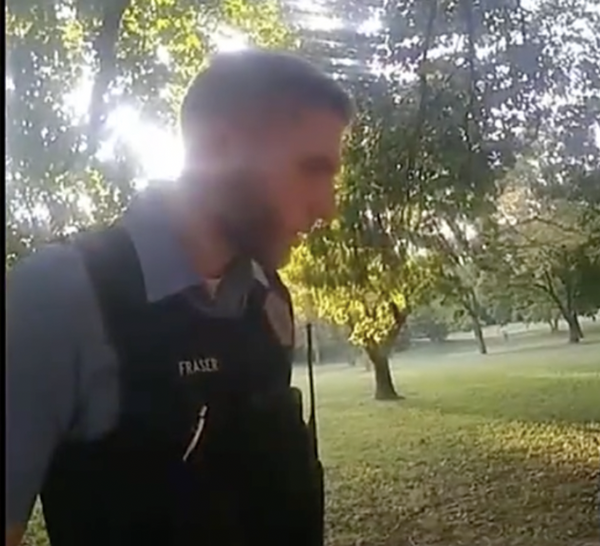
President Donald Trump this week issued a sweeping executive order banning federal money from some diversity training programs meant to address racism and inequality. U.S. diplomats, frustrated with diversity challenges the State Department has grappled with for decades, worry that the president’s executive order will have a chilling effect on the department’s ability to improve its record, according to interviews with five current and former officials.
Trump’s order came the same week that the head of America’s diplomatic corps admitted shortcomings in the State Department’s efforts to improve its dismal record on diversity and inclusion.
The executive order is meant to bar funding for U.S. service personnel, federal contractors, and federal grant recipients for some diversity training that includes what the White House considers “divisive concepts.” In the order, Trump railed against what he calls “the pernicious and false belief that America is an irredeemably racist and sexist country” and said that “malign ideology is now migrating from the fringes of American society” into workplace diversity training programs.
Privately, some diplomats view the executive order as mere political signaling ahead of the elections, as Trump wades chest-deep into the culture wars following months of nationwide protests against racism and police violence in the wake of the police killings of George Floyd, Breonna Taylor, and other Black Americans.
But diplomats say Trump’s political signaling could have real impacts, potentially halting new training efforts by the department or its contractors. The executive order, they said, is another sign that senior administration officials don’t grasp the difficulties that diplomats—and other federal workers—of color face in their day-to-day jobs.
“This is a message to a base … that he sees no reason for any change despite the calls by people of color, all summer, all year, all administration,” one official said.
The State Department did not respond to a request for comment, including on whether the executive order would halt or otherwise impact existing State Department training and diversity programs.
During a House Foreign Affairs Committee hearing on Tuesday, the head of the U.S. foreign service conceded the agency had a rocky track record on diversity and inclusion.
“I’m a 33-year foreign service officer. I’ve seen a lot of change, but I’ve seen a lot of things that haven’t changed,” said Carol Perez, the director-general of the foreign service, during the congressional hearing. “We have to get at the culture of the institution, and I have to be perfectly frank when I talk to my predecessors, this is the hard part. … This is not something that just became a problem two to five years ago.”
Texas Democratic Rep. Joaquin Castro, who led the House Foreign Affairs Committee hearing on the matter, noted that only four U.S. ambassadors are Black or Latino—out of a total of 187 ambassador positions, according to the American Foreign Service Association.
“The numbers paint a staggering picture. It’s clear the State Department must act,” Castro said.
A federal watchdog report released earlier this year found that the department had improved in some areas and gone backward in others.
The study found the proportion of African Americans working at the State Department fell from 17 to 15 percent from 2002 to 2018, despite a big jump in the overall workforce. In the foreign service specifically, the percentage of African American officers marginally increased from 6 to 7 percent over that same time. The numbers are even starker for African American women: They represented 13 percent of all State Department employees in 2002, but only 9 percent in 2018; within the foreign service, their ranks increased from 2 to 3 percent.
During the hearing, Perez and the lawmakers noted the State Department was beginning to make new changes to course-correct. This includes expanding two programs, the Pickering and Rangel fellowships aimed at recruiting new minority and underserved diplomats; instituting a formal exit survey process for diplomats leaving the department; and expanding unconscious bias training.
Perez also asked for Congress to fund paid internships with the foreign service, one aspect of what she described as the State Department’s new “bottom-up” approach to improving diversity. Castro and Rep. Lee Zeldin, a New York Republican, are working on legislation to do so, according to a congressional aide.
But other proposed bills have drawn criticism from the State Department’s own ranks. In June, California Democratic Rep. Karen Bass, the chair of the Congressional Black Caucus, introduced legislation that would allow for “mid-career professionals from minority groups” to laterally join the foreign service at mid- and senior-levels. If passed, the legislation would mark a significant break from the way the foreign service works—it would be like the military slotting in new officers as majors or colonels based on their outside experience.
“I think the spirit of the bill is great in terms of wanting to diversify the diplomatic corps and recognizing we have a problem,” said one State Department official, speaking on condition of anonymity. “But there’s talent already inside the system. … They should be looking to find ways to promote women and people of color who started from scratch and worked their way up.”







